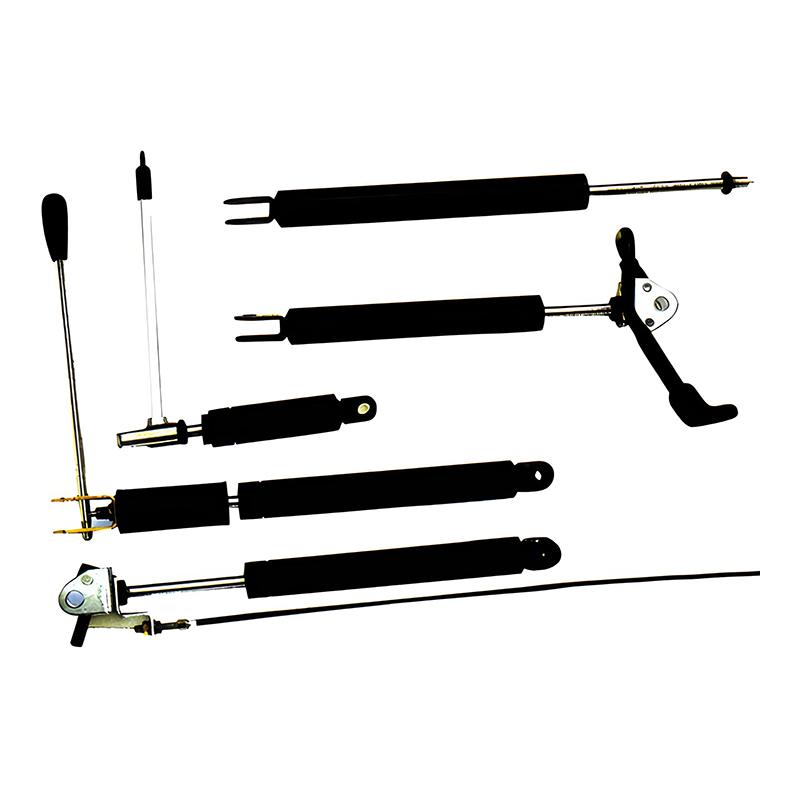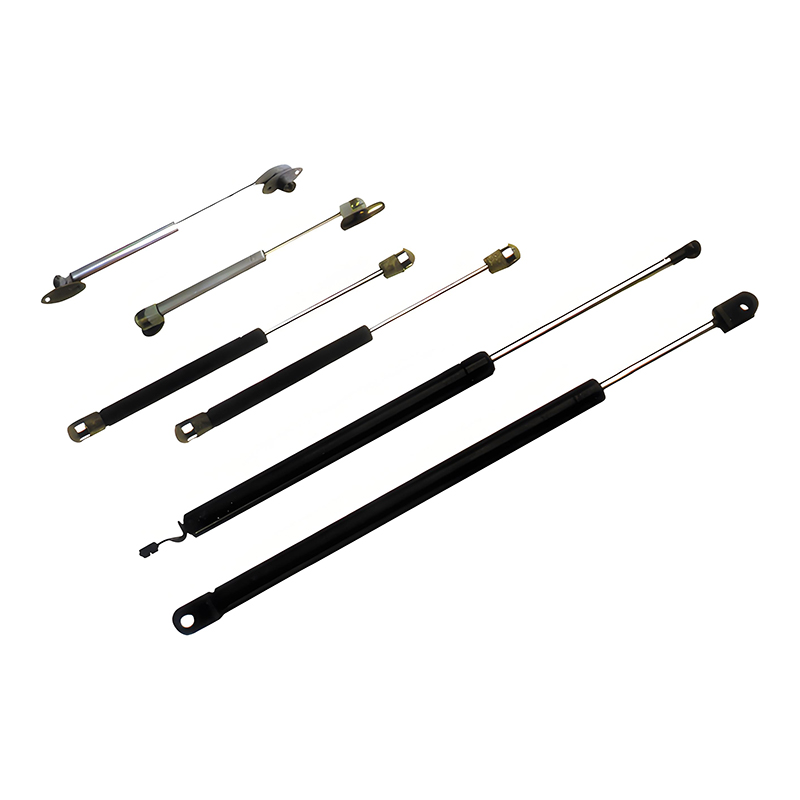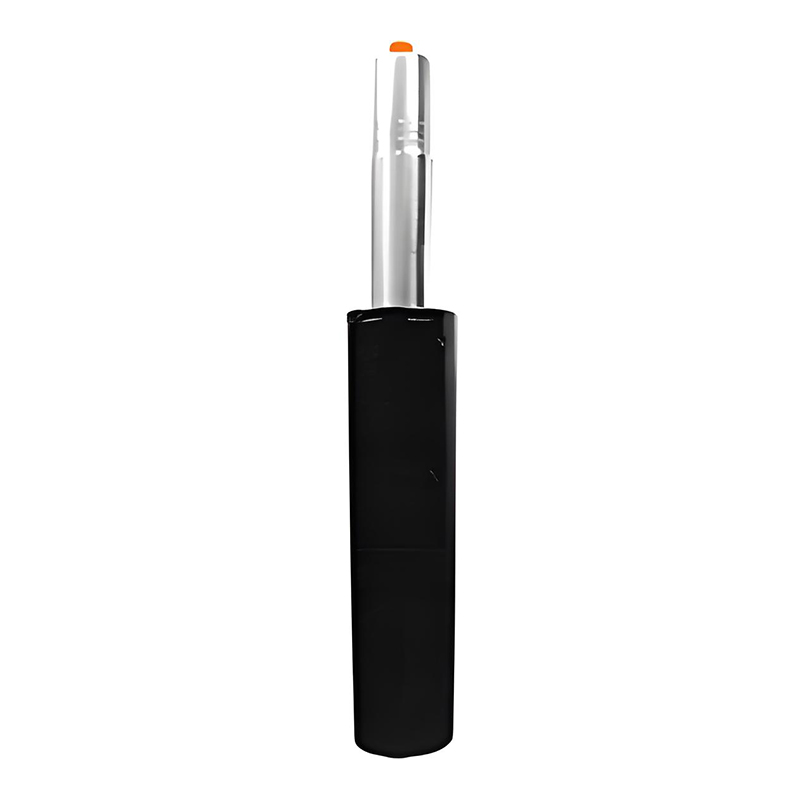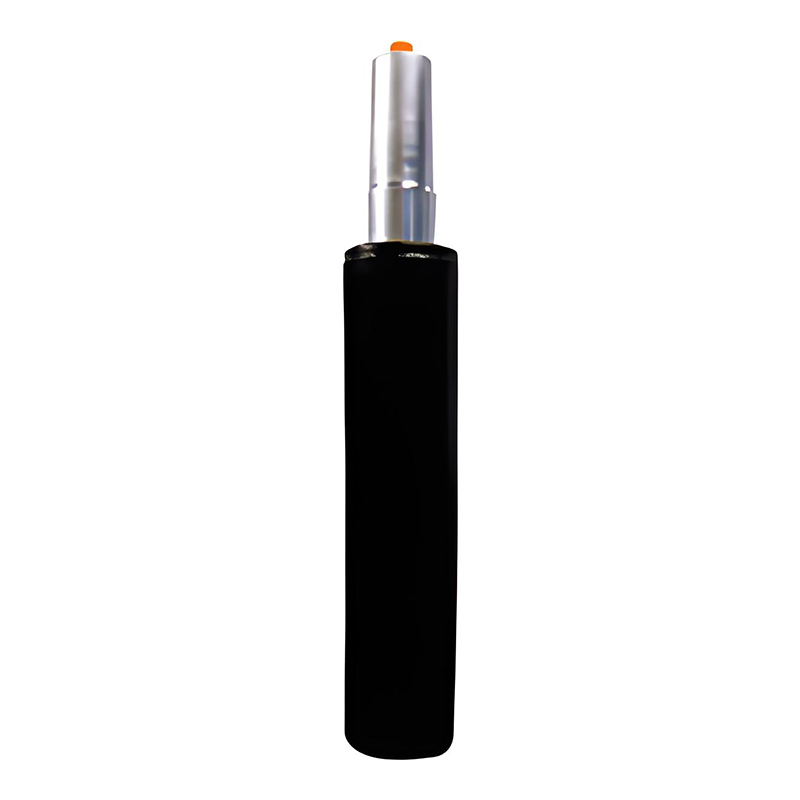The gas cylinder, also known as a gas lift or pneumatic cylinder, is a crucial component of many modern office chairs. It’s responsible for providing adjustable height and ensuring that the chair remains stable and comfortable during use. If you’ve ever used an office chair with adjustable seating, you’ve likely interacted with a gas cylinder without realizing it. But how exactly does this mechanism work, and what makes it so effective? Let’s break it down.
Content
What is a Gas Cylinder?
A gas cylinder in an office chair is essentially a tube that houses pressurized gas. This component allows for smooth, quick height adjustment in the chair, offering users the ability to raise or lower their seat according to their preference. The gas cylinder typically consists of three main parts:
- The Outer Tube: The external casing that holds all the components together.
- The Inner Tube: A hollow section that houses the pressurized gas and connects to the seat mechanism.
- The Gas (Usually Nitrogen): The substance inside the cylinder that provides the force to raise or lower the seat. Nitrogen is commonly used because it’s inert and can handle pressure without reacting or expanding too much.
How Does an Office Chair Gas Cylinder Work?
The gas cylinder operates based on the principles of pneumatic technology, which uses gas pressure to produce movement. Here’s a step-by-step breakdown of how the mechanism functions:
1. Pressurized Gas for Height Adjustment
Inside the gas cylinder is nitrogen gas, pressurized to a certain level. When you sit in the chair and use the lever or button to adjust the height, a valve inside the gas cylinder is activated. This valve controls the flow of the pressurized gas, allowing it to either expand or contract.
-
Raising the Chair: When you pull up on the lever, the valve opens to release pressure from the gas chamber inside the cylinder. As the gas expands, it pushes the inner tube upward, raising the seat.
-
Lowering the Chair: When you push down on the lever, the valve opens in the opposite direction, allowing the gas to enter the chamber again and compress. As the gas contracts, the seat is lowered.
2. Controlled Release of Gas
The key to the smooth operation of the gas cylinder lies in its ability to control the rate at which gas is released or compressed. When you adjust the seat height, you’re essentially controlling the flow of the gas within the cylinder through the valve. This process is designed to be gradual, so the chair doesn’t jerk up or down abruptly.
3. Stability and Smooth Movement
The gas cylinder also plays a role in ensuring that the chair remains stable during use. When the gas is pressurized, it holds the seat in place, preventing it from shifting unexpectedly. This is especially important for office chairs, which need to support a variety of body types and provide reliable height adjustment.
The stability is also crucial for preventing the chair from drifting down slowly when someone is seated. A high-quality gas cylinder will hold the seat position securely and prevent the chair from sinking unintentionally over time.
4. Function of the Lever Mechanism
The height adjustment lever on an office chair is directly linked to the gas cylinder. When you push or pull the lever, you’re activating a mechanism that opens or closes the valve inside the cylinder. The design of the valve ensures that when you adjust the height, the motion is smooth and precise. This lever mechanism also prevents the gas from escaping too quickly, which could cause abrupt movements in the chair.
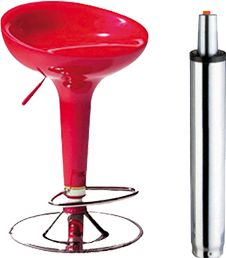
Advantages of Gas Lift Mechanisms in Office Chairs
The gas cylinder is one of the most popular mechanisms used in office chairs for height adjustment. Here are some reasons why:
1. Smooth and Effortless Adjustments
Gas lift mechanisms allow users to make adjustments effortlessly with minimal force. This is important for people who spend long hours sitting in their chairs and need to make quick height changes for comfort or posture correction.
2. Durability
Gas cylinders are designed to be durable and reliable. When built correctly, they can last for years, even under frequent adjustments and heavy use. High-quality gas cylinders are made from robust materials that can withstand the pressure of the gas and the forces placed on them.
3. Fine-Tuned Control
Unlike mechanical height adjustment mechanisms that rely on physical notches or clicks, a gas cylinder offers fine-tuned control over the seat height. The smooth and continuous movement means users can find the perfect height for their desk or work environment, which is essential for proper ergonomics.
4. Self-Locking Feature
Gas cylinders have a self-locking feature that keeps the seat locked in place until you decide to adjust it. This means that once the gas cylinder has raised or lowered to your desired height, it will stay securely in place until you press the lever again.
Common Problems with Gas Cylinders
While gas cylinders are generally very reliable, they can experience issues over time, especially in low-quality models or with excessive use. Some common problems include:
-
Sinking Seat: Over time, the gas in the cylinder may leak, causing the seat to gradually sink lower than the set height. This is often due to wear and tear on the internal components of the cylinder.
-
Difficulty Adjusting Height: If the gas cylinder becomes damaged or the valve malfunctions, you may find it hard to adjust the chair height. The mechanism might get stuck, or the height adjustments may become less smooth.
-
Noisy Operation: If the gas cylinder is not properly lubricated or is starting to wear out, it may produce squeaking or popping sounds when you adjust the chair.
How to Maintain an Office Chair Gas Cylinder
To ensure the longevity of the gas cylinder and smooth operation, proper maintenance is key:
-
Regularly Check for Leaks: Inspect the gas cylinder for signs of wear, such as leaks or corrosion. If the chair is sinking without any adjustments, it’s likely a sign of a leak.
-
Avoid Excessive Weight: Overloading the chair with too much weight can put additional strain on the gas cylinder. Be mindful of the weight capacity recommended by the manufacturer.
-
Clean the Chair Base: Dirt and debris can accumulate around the base of the gas cylinder. Keep the area clean to prevent any blockages or damage to the mechanism.
-
Lubricate the Mechanism: Some gas cylinders may benefit from occasional lubrication to keep the valve mechanism running smoothly. However, always check the manufacturer’s recommendations before applying any lubricant.
Conclusion
The gas cylinder in an office chair is a remarkable piece of engineering that combines pressure, fluid dynamics, and ergonomics to provide a smooth and reliable height adjustment mechanism. By using pressurized gas, the gas lift allows users to effortlessly raise or lower the chair to the desired height, offering comfort and stability throughout the day. Whether you’re using the chair for work, study, or relaxation, the gas cylinder plays a vital role in enhancing your overall seating experience.
